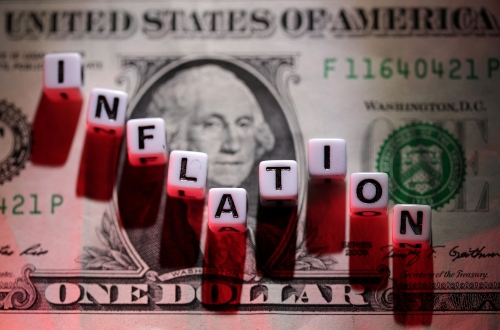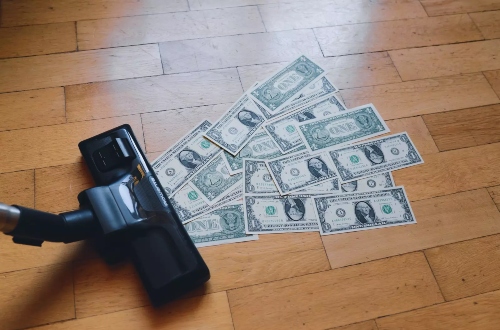
Getty Images
The U.S. economy extended fundamentally to start off the last part of the year, denoting an emotional inversion from the withdrawal experienced over the initial half year, government data showed. U.S. GDP developed 2.6% over the three months finishing off with September, as indicated by information delivered Thursday. On the other hand, monetary action shrank a consolidated 2.2% over the initial a half year of the year. The monetary development opposes Central bank endeavors to slow financial movement and cut purchaser interest in its battle against expansion. The information shows up about fourteen days before the midterm elections, potentially supporting Popularity based cases of monetary stewardship as surveys show citizens favor Republicans on the issue.

Reuters
President Joe Biden utilized the numbers to push Democrats in the impending political race and said Republicans have a “totally different plan – one that would drive up inflation and add to the shortfall by reducing government expenditures for the richest Americans and huge companies.” “For a really long time, doomsayers have been contending that the US economy is in a recession and Congressional Republicans have been pulling for a slump,” Biden said in an explanation. “Yet, today we got additional proof that our monetary recuperation is proceeding to control forward. This is a demonstration of the strength of the American public.” Fears of an up-and-coming recession might calm because of the information, which closes the dash of two back-to-back quarters of negative Gross domestic product that many consider shorthand for distinguishing a slump from a recession. The National Bureau of Economic Research, or NBER, an examination association seen as the conventional expert for recognizing recessions, utilizes a more convoluted definition that considers a variety of elements. Numerous economists trust the U.S. has deflected a recession up to this point this year.

Unsplash
Rising gas costs could shape the midterms: Here’s where fuel costs stand in key states. In any case, the positive generally speaking pointer might cover indications of a cooling economy. The financial development stemmed to a limited extent from a decreased import/export imbalance, flagging that the U.S. restricted the gap among imported and traded merchandise, contrasted with the past quarter. In any case, that improvement additionally proposes that U.S. interest in imported products has debilitated. With an end goal to tone down expansion, the Fed has raised the benchmark loan fee by 0.75% at every one of its last three meetings. Preceding this year, the Fed last paired a climb of this greatness in 1994. The rate expands seem to have eased back key areas of the economy, sending contract rates taking off and easing back the development of new homes.

Shutterstock
U.S. recruiting stays hearty, notwithstanding. Employers added 263,000 job positions in September and the unemployment rate fell somewhat from 3.7% to 3.5%. However, recruiting has tumbled from a very fast speed supported before in the year, recommending that the Fed’s rate hikes might have started to chill the work market. Toward the finish of 2023, central bank moves will raise the unemployment rate from its ongoing level of 3.7% to 4.4%, as the Fed anticipated a month ago.
